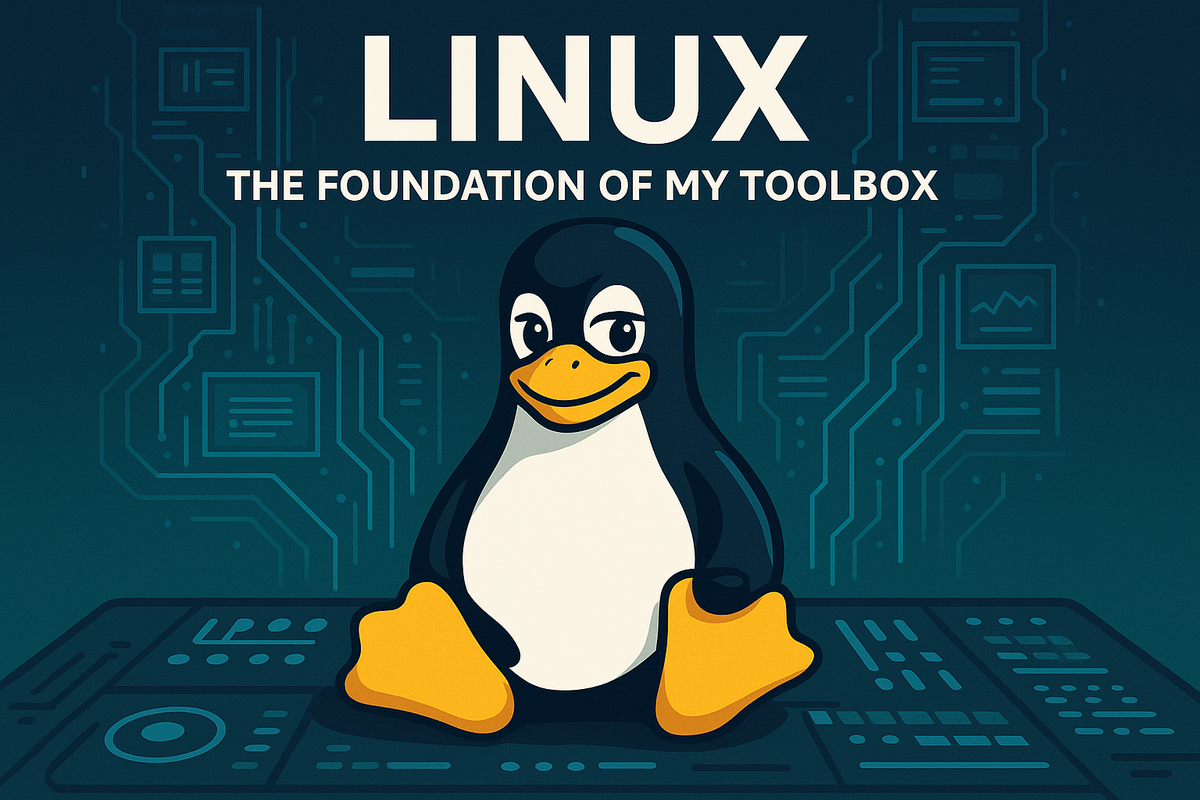Linux - The Real Foundation

Before there were dashboards, pollers, or clusters, there was Linux. Not the polished, GUI-heavy version you get now with auto-updates and a software store. I am talking about the kind that barely booted, came on a stack of CDs, and expected you to know what you were doing.
My first Linux install was Red Hat 5 Manhattan, somewhere around 1998. I did it because I wanted to run my own CircleMUD server. That was before apt, before yum, before dnf, before anything held your hand. I think I broke that system a dozen times installing the wrong RPM versions, and it took about 200 recompiles (give or take) to finally get CircleMUD running. But I did it. And it ran for a couple of months, which at the time felt like eternity.
Then life moved on. For a few years, I did not touch Linux much. I was still working at a mom-and-pop computer shop, fixing Windows 98 machines and building beige towers with jumpers and ribbon cables. It was a good start, but it was small.
When I finally moved from that world into the world of ISPs around 2001, Linux came back with a vengeance. It was everywhere — on servers, routers, mail systems, DNS, everything that actually mattered. And it just worked. Once you got your hands around it, you realized it was the only layer that did not lie to you.
Why Linux Still Matters
Linux is the bedrock of everything I do. It is not about open source for ideology’s sake. It is about control. When I run a system, I want to know what it is doing, why it is doing it, and how to stop it when it should not be. Linux gives me that.
It is stable, predictable, and transparent. It does not reboot itself in the middle of your night to “apply important updates.” It does not phone home. It does not hide processes. It simply runs what you tell it to run, and when something breaks, you can trace the logic all the way down to the kernel if you have to.
That kind of honesty is rare. And once you learn it, it becomes part of how you think. You stop trusting black boxes. You stop accepting mystery as an answer. You start building systems that earn your trust instead of demanding it.
The Foundation of Everything Else
Every tool in my stack — OpenSearch, Grafana, Logstash, Go pollers, MariaDB — depends on Linux. It is the platform that makes all of them possible.
When I say I build systems that tell the truth, that truth starts here. Linux gives me the freedom to build from the ground up without waiting on a vendor. I can deploy, automate, containerize, or run bare metal depending on what the job needs. It adapts to my intent instead of the other way around.
The filesystem is clean. The process tree is honest. The logs are readable. And when I put it all together, I know that every event I track and every metric I visualize starts from a stable, trusted base.
What It Taught Me
Running Linux teaches patience and consequence. You learn to think before you type. You learn to read before you reboot. You learn that every fix comes with a trade-off.
I learned those lessons the hard way back on Red Hat 5, staring into the depths of dependency hell because I wanted to host a text-based game for a handful of friends. But those same lessons are what make me good at what I do now. Whether it is a network outage, a routing loop, or a corrupted index, the logic is the same — find the cause, fix the cause, and understand the cause.
Linux taught me to respect the cause.
Where It Stands Now
Today, I run Linux everywhere — on my workstation, my lab systems, my data pipelines, and my servers. I trust it because it has earned that trust over decades.
When people ask me why I still build everything on Linux instead of some polished proprietary system, the answer is simple: because I can see it. I can touch it. I can fix it.
It is the real foundation of the intelligence layer, the quiet constant that keeps the rest of the system honest.
Stay tuned for the next article, “Grafana – The EKG of the System,” where I will talk about how visualization becomes intuition when the data finally starts speaking in color and motion.
--Bryan